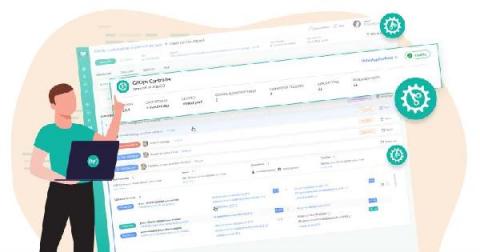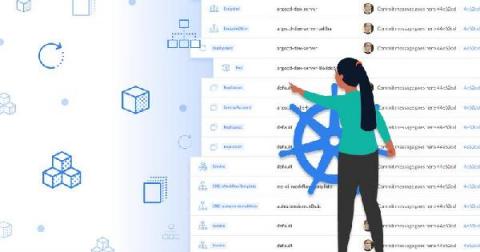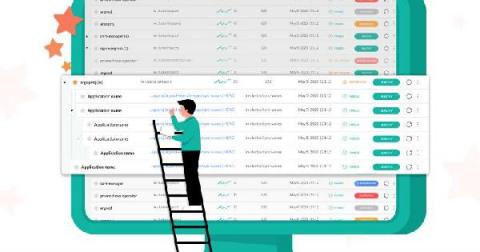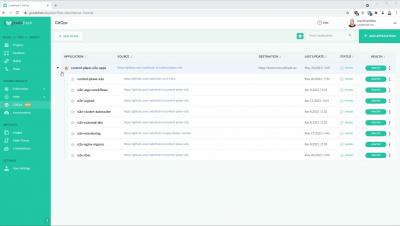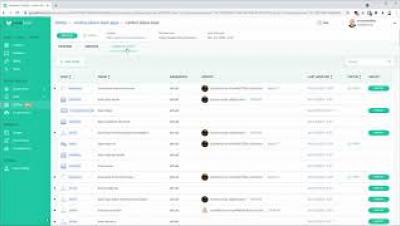Operations | Monitoring | ITSM | DevOps | Cloud
July 2021
GitOps Feature Release
It’s no secret that the software development community is starting to embrace GitOps. With the complexity of engineering modern software today, it is becoming a necessity for many companies to reassess their software development and delivery practices. When Codefresh first released GitOps 2.0 late last year, we had already planned to make it a core pillar of our platform.
Codefresh GitOps Controller
The new Codefresh GitOps dashboard gives you the perfect overview of your deployments and how they change over time. This powerful view combines information from multiple sources such as your Kubernetes services, Git Pull Requests, and JIRA issues. To help you incorporate all of this helpful information into your deployments, we have introduced the GitOps controller, a handy agent that is installed in your cluster and collects critical information about your GitOps deployments.
GitOps Current State Dashboard
At Codefresh, we are fortunate to hear from customers of all sizes and nearly every industry. A common interest is visibility into deployments and their respective environments. As a company filled with software enthusiasts and developers, this strongly resonates with our culture and our passion for empowering developers. Visibility has been an area of continuous improvement for Codefresh and something we are committed to being the best at.
Codefresh GitOps App of Apps
Microservices are powerful, but it isn’t a secret that they come with many challenges. Codefresh is acutely aware of this as we built our platform on microservices. We know what it means to maintain a fast-moving and complex software service that must remain highly available. One of the most common challenges we deal with is maintaining complex relationships at deployment time among individual microservices.
Codefresh GitOps App of Apps
Codefresh GitOps Current State Dashboard
Unlimited Preview Environments with Kubernetes Namespaces
In our big series of Kubernetes anti-patterns, we briefly explained that static test environments are no longer needed if you are using Kubernetes. They are expensive, hard to maintain, and hard to clean up. Instead, we suggested the adoption of temporary environments that are created on demand when a pull request is opened. In this article, we will see the practical explanations on how to achieve unlimited temporary environments using Kubernetes namespaces.




